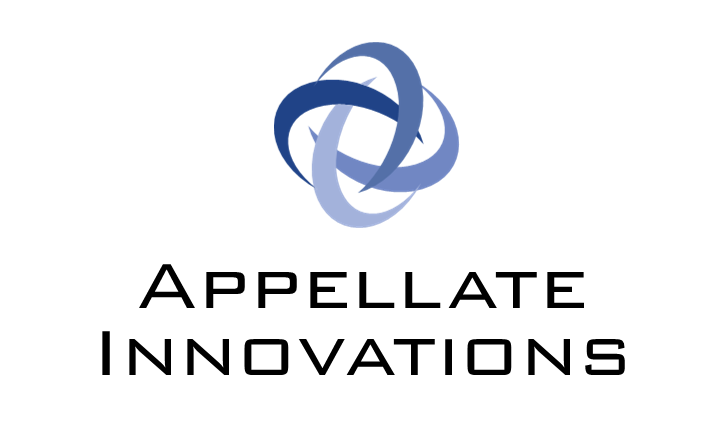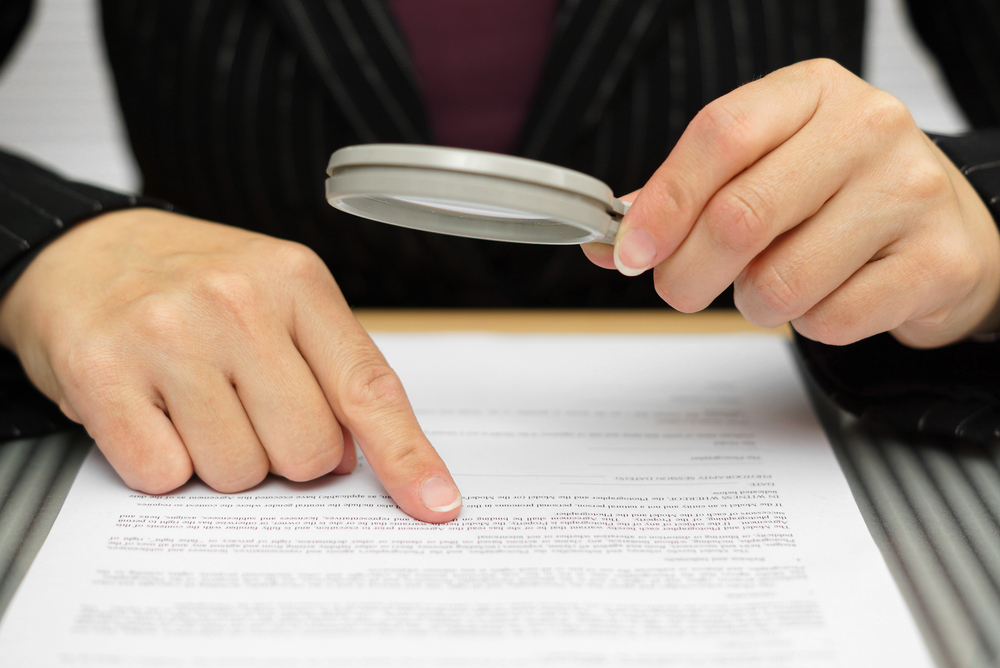27 Jan Settlement of a Transcript in the Appellate Division First or Second Department
Must I Settle a Trial Transcript When Perfecting an Appeal in the First or Second Department?
(3 minutes to read) The simple answer to this question is, yes. However, our experience shows that certain flexibility with respect to strict enforcement of this rule requirement is often provided depending on the Department handling the appeal.
What Timing Requirements Should I Follow?
Pursuant to CPLR 5525: the appellant(s) shall serve upon the stenographic reporter, a request for a transcript of the proceedings. Within 15 days after receiving the transcript from the reporter or another source, the appellant shall make any proposed amendments and serve them, and a copy of the transcript with notice of settlement, upon the respondent(s).
In order to strictly comply with this rule requirement, it is important that you act quickly to commence the settlement process. We have found that absent any objections from adverse counsel, the clerks of the Appellate Division rarely, if ever, address a failure to serve the transcript within 15 days from receipt.
Upon receipt of the transcript with notice of settlement, the respondent has 15 days to propose objections or amendments. Depending on the timeline to perfect the appeal, it is generally in the respondent’s best interest to respond with changes or objections, or sign a stipulation settling the transcript within the 15-day time period allotted. Should the respondent fail to offer proposed changes to the transcript or respond altogether, the appellant may settle the transcript by signing an affirmation of compliance. The affirmation of compliance in lieu of a signed stipulation shall be included in the record on appeal or appendix at the time of filing.
What Is Meant by Settling the Transcript?
It is the obligation of the appellant to provide the Appellate Division with a full settled transcript absent any errors or omissions. The settlement process ensures that the parties have agreed on the accuracy of the transcript submitted and thereby prevents the possibility of any dispute related to the transcript while it is before the Appellate Division.
When submitted as part of the record on appeal, or submitted separately (when proceeding on the appendix method), the settlement is deemed complete when accompanied by a signed stipulation or affirmation of compliance. We have found that the Appellate Division, First Department generally requires strict compliance with this rule, while the Appellate Division, Second Department tends to offer greater flexibility when adherence to this rule is not strictly followed. Ultimately, it is in the party’s best interest to follow the rules as written.
If you have any questions pertaining to this information, please contact one of our knowledgeable and friendly staff members.
Eric R. Larke
APPELLATE INNOVATIONS
3 Barker Avenue, 2nd Floor
White Plains, NY 10601
Phone: (914) 948-2240







No Comments